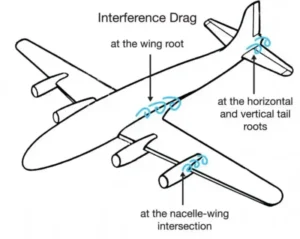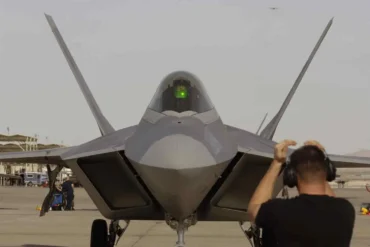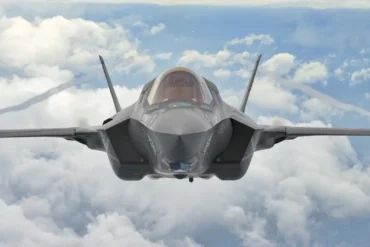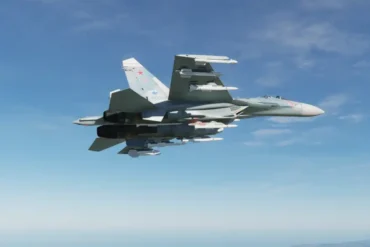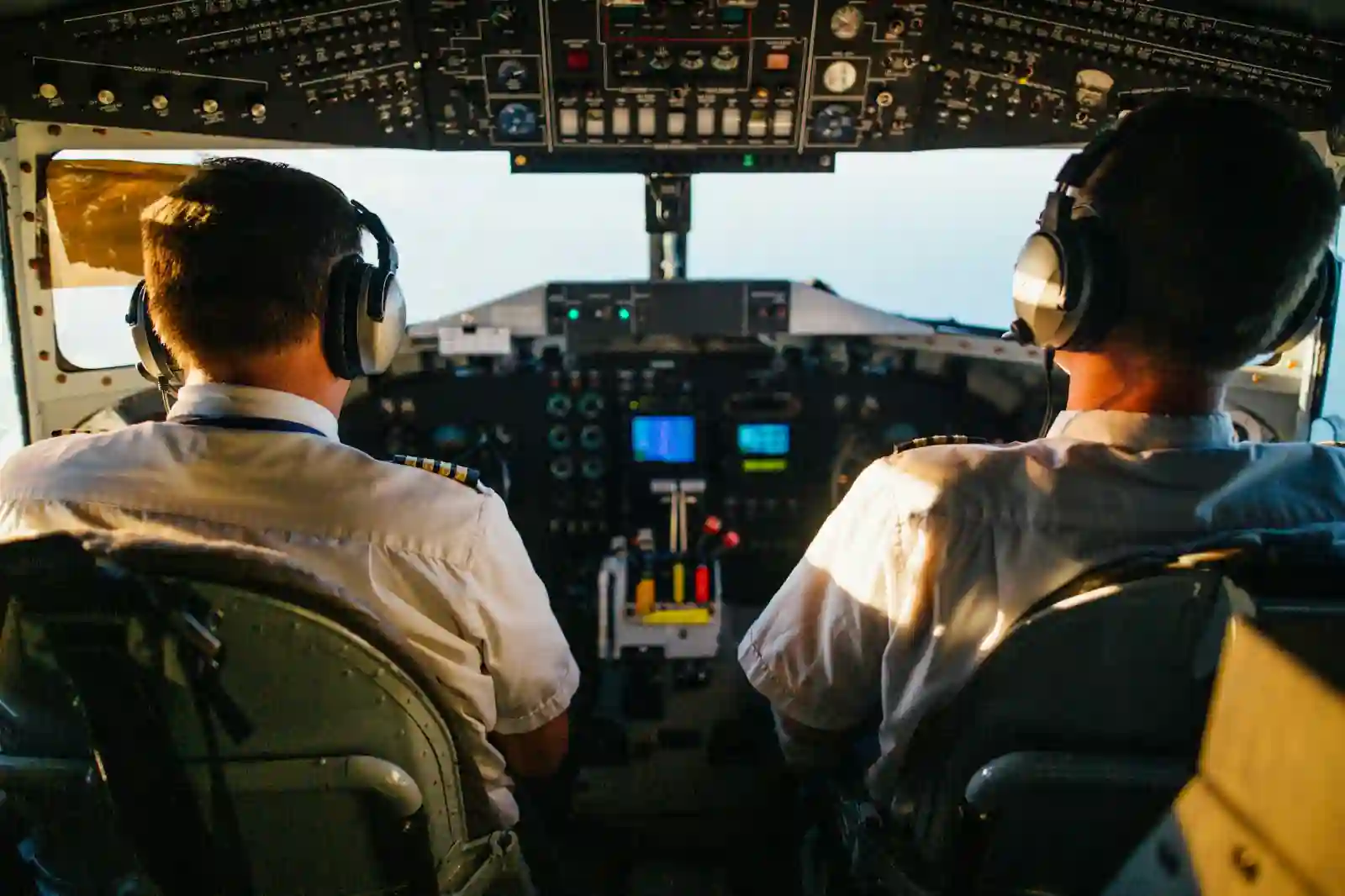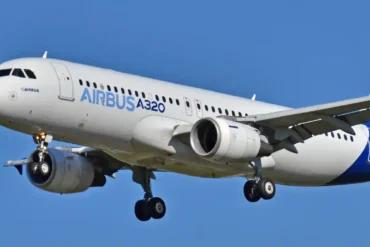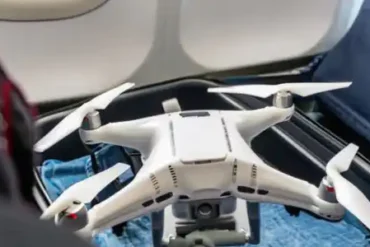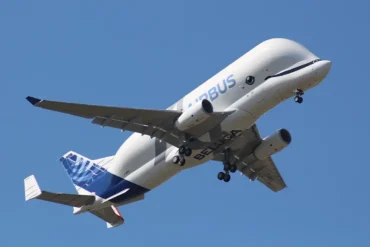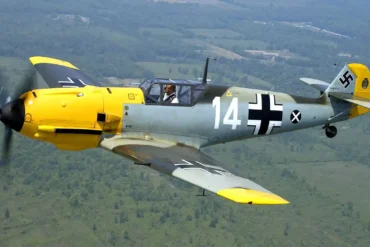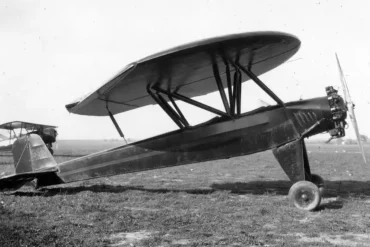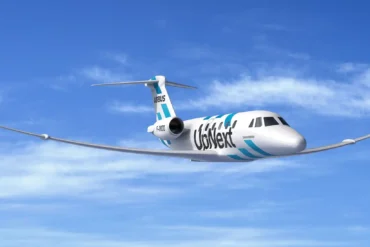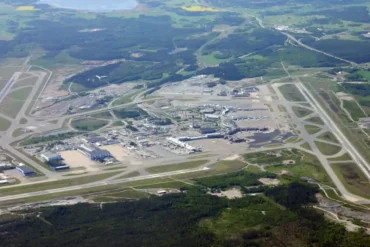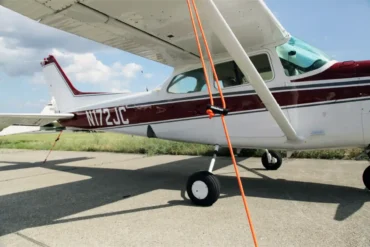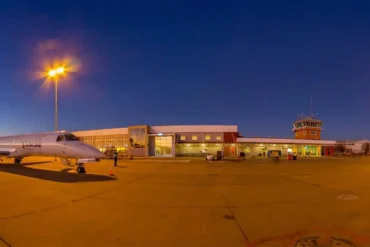Every flight of your plane causes the presence of interference drag, a phenomenon worth understanding. Let’s explore the basics…
The Symphony of Airflow
Interference drag arises from the intricate dance of airflow streams, specifically where different airframe components converge. Whether it’s the wing embracing the fuselage or the landing gear strut intertwining with the fuselage, this merging presents a unique challenge.
As air gracefully maneuvers around various aircraft components, it encounters bottlenecks, forcing it to accelerate for passage through restricted zones. This acceleration requires additional energy and, in turn, creates turbulence, leading to an upswing in drag. The intensity of interference drag increases with the sharpness of angles involved.
Mapping Interference Drag Locations
To find interference drag, look for sharp angles on your aircraft. Picture where the fuselage and wing meet. Here, interference drag forms behind the wing’s trailing edge next to the fuselage. The fusion of airflow over and under the wing with the fuselage’s airflow produces interference drag. Interestingly, if the wing could fly independently without an attached fuselage, interference drag at this point would vanish.
To counteract this drag spike, designers use fairings, strategically placed to smooth the airflow transition between aircraft components. The image below depicts this aerodynamic finesse, showcasing a harmonious blend of form and function.
Interference drag isn’t limited only to the junction of wings and fuselage. Take, for example, the wing strut on a Cessna 172. Here, fairings envelop the base and top of the strut, addressing the acute angles formed at the connections with the fuselage and wing. Without fairings, these connections become sources of significantly increased interference drag.
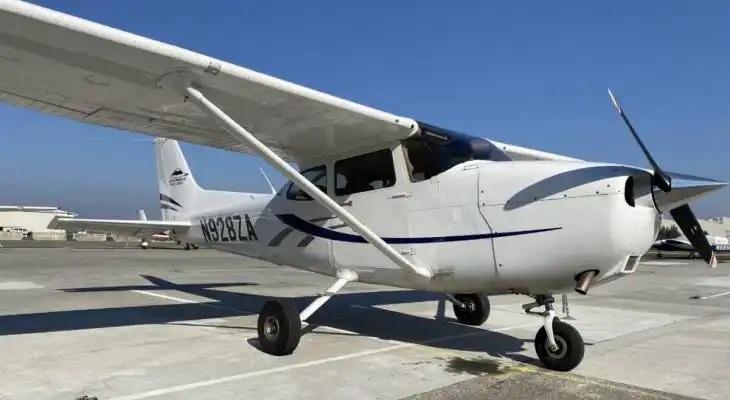
Now, you might wonder why airplanes aren’t designed without struts if they cause drag. Well, they have explored that option. The Cessna 177 Cardinal emerged to replace the Cessna 172 Skyhawk, lacking wing struts. Instead, it uses a cantilever wing for structural support. However, cantilever wings have downsides—they tend to be heavier and more expensive compared to the simplicity of exterior wing struts.
Gear Retraction Dynamics
For those familiar with retractable landing gear in airplanes, a key revelation awaits. Retracting the gear doesn’t eliminate drag; it increases interference drag. You might think, “Isn’t gear retraction supposed to reduce drag?” Your intuition isn’t entirely wrong.
As the landing gear snugly nests into the fuselage, an increasingly sharp angle forms between the fuselage and gear strut. Since tight angles create more interference drag than wider ones, you’ll experience a temporary surge in drag during gear retraction. The peak of interference drag occurs just before the gear seamlessly integrates into the fuselage.
This insight is crucial, especially when departing from blistering, high-density altitude airports.
Picture this: you’re just off the ground, initiating your climb, and considering retracting the gear. Hold on for a few extra moments, particularly on scorching days. Climb to a higher altitude before stowing the gear in the fuselage.
The good news? The drag spike only lasts as long as the gear takes to fully retract.
As angles between airframe components shrink, interference drag takes center stage. Thus, the strategic placement of fairings around aircraft joints with sharp angles.
And let’s not forget, interference drag is just one part of the parasitic drag trio. The other players? Form drag and skin friction drag, each contributing its own notes to the aerodynamic symphony.
